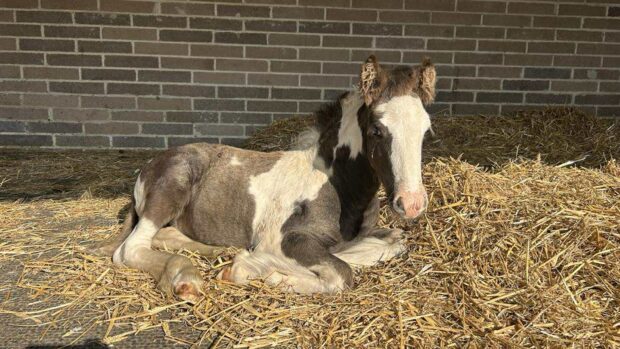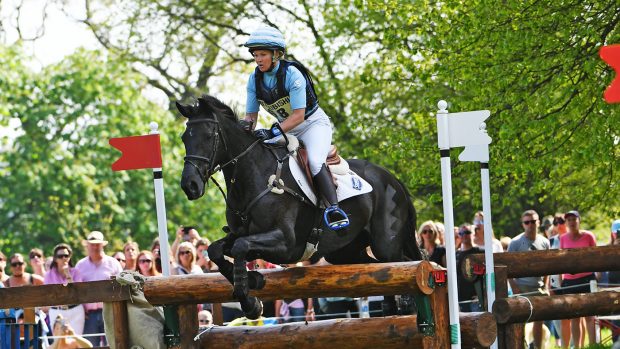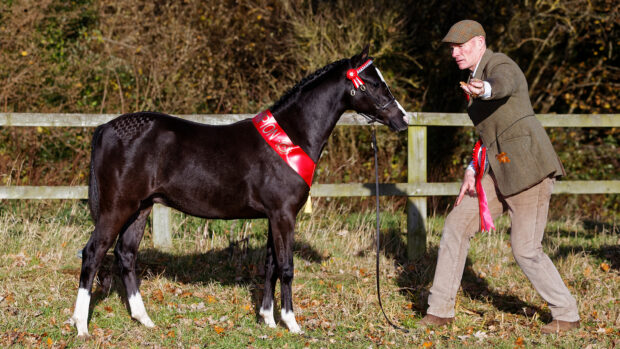Learn more about breeding horses
Find an equine vet
MYTH: There is more chance of getting your mare in-foal if she is covered between April and June
FALSE. Charlie Pinkham MRCVS of Newmarket Equine Hospital says: “If a mare is cycling normally, covering early or late in the season shouldn’t affect her chances of conceiving.
“A horse’s natural breeding season is between April to September and during this time mares will come into season roughly every 21 days. From October to March, around 80 per cent of mares stop cycling altogether.
“When spring arrives, the longer days mean that mares will have a period of transition before their first fertile cycle. This period varies in length and mares may show erratic signs of being in season. Mares aren’t fertile during this transition, though most should be having fertile cycles by late April to early May.
“After transitioning, mares should have an equal chance of getting in foal on each cycle.
“The biggest factors adversely affecting fertility are the age of the mare, whether or not she has had a foal recently, her reproductive conformation and her susceptibility to infection post-breeding.
“You can tell a mare is in season by the following signs: a tail that is raised to one side, a wide-base stance behind, squatting and squirting urine, clitoral ‘winking’ and displaying calm, receptive behaviour.
“Maiden mares and mares with a foal at foot may show less, or not even show signs of being in season.”
This is an extract from a feature on breeding, first published in the current issue of Horse & Hound (7 April, 2011)
Find out more about breeding horses
Looking for an equine vet?



